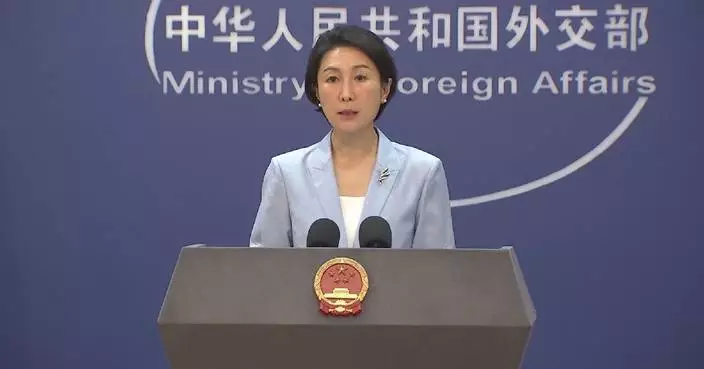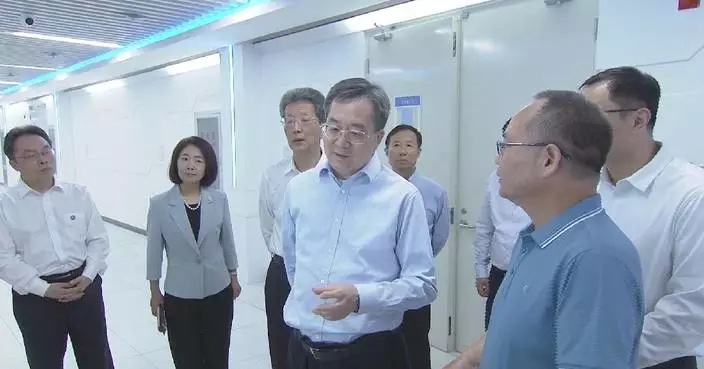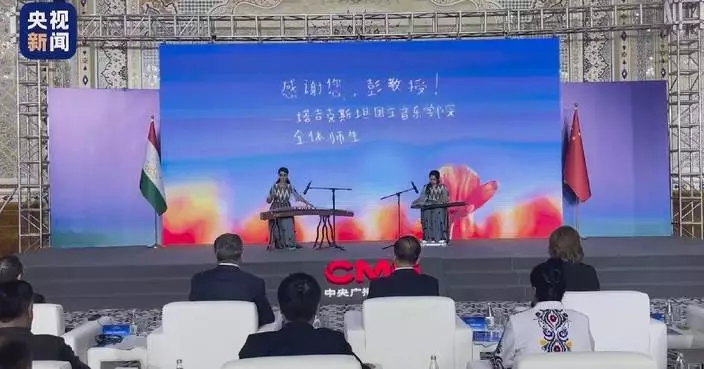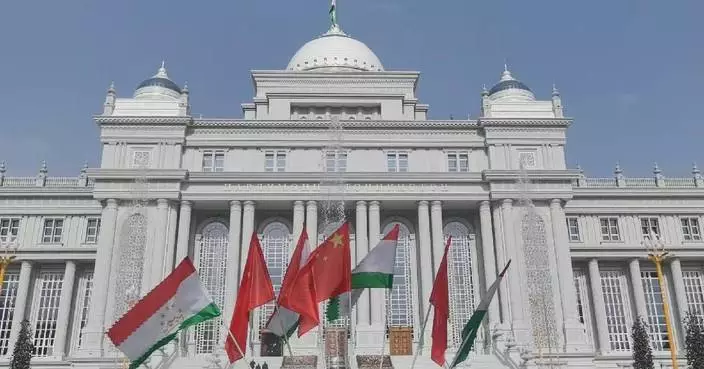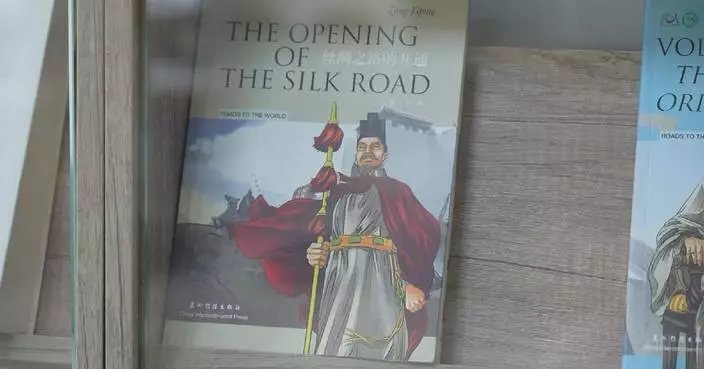A Chinese ground-based scientific team has made important progress in ultra-high-temperature alloy research thanks to the excellent experimental environment provided by China's Tiangong space station in orbit.
The research was led by a scientific team from the Northwestern Polytechnical University in Xi'an City of northwest China's Shaanxi Province, and the team achieved dual regulation of the microstructure and macromorphology of the special alloy.
The experimental material selected by the research team is niobium alloy. The samples were divided into three batches and delivered to the Chinese space station using the Tianzhou-3, Tianzhou-4 and Tianzhou-5 cargo spacecrafts starting from September 2021.
With the assistance of astronauts, the research team successfully completed important experiments such as heating, melting, cooling, supercooling, solidification and measurement of thermal physical properties of materials under microgravity conditions.
"Our space station in orbit provides an excellent and stable microgravity environment. The gravitational acceleration during the experiment is only one forty thousandth of the gravitational acceleration on the ground. Under such a condition, the suspended liquid alloy presents a perfect sphere, with a deviation of only five thousandths from the ideal sphere. On this basis, we accurately measured the key properties of the liquid niobium alloy in the ultra-high temperature state, such as density, thermal expansion coefficient, and thermal radiation ratio," said Wang Haipeng, professor with the School of Physical Science and Technology of the Northwestern Polytechnical University.
Niobium is a refractory metal with a melting point of over 2,400 degrees Celsius. Niobium alloy materials have the characteristics of good plasticity, excellent processing and welding properties, and can be used as thermal protection and structural materials in the aerospace and aviation industries, and is considered to be an important alternative material for the next-generation rockets and aircraft engines, according to researchers. However, it is very difficult to study the physical properties of melt at more than 2,000 degrees on the ground, and even experimental containers are difficult to build, according to Wei Bingbo, an academician with the Chinese Academy of Sciences, also a professor with the university.
The containerless material experiment cabinet of aboard Tiangong can provide excellent experimental conditions without containers and in a microgravity environment, making it possible for researchers to obtain Niobium's physical properties, according to Wei.
"When doing material research, especially on metal materials such as tungsten, molybdenum, tantalum, niobium, and hafnium, we can see that their melting points are within the ultra-high temperature range of above 2,000 degrees Celsius and even reach 3,412 degrees Celsius for meting pure tungsten. In such an ultra-high temperature environment, it is difficult to find a container to hold them. However, space technology provides a new technical route for the processing and preparation of such metal materials with extremely high melting points. The experiment is equivalent to cooking in a microwave oven. The metal is suspended in the center of the microwave oven, and then it is heated by microwaves, thus solving the problem of not being able to find a suitable crucible and furnace wall for such metal materials," Wei said.

New progress made in refractory alloy research facilitated by China's space station



